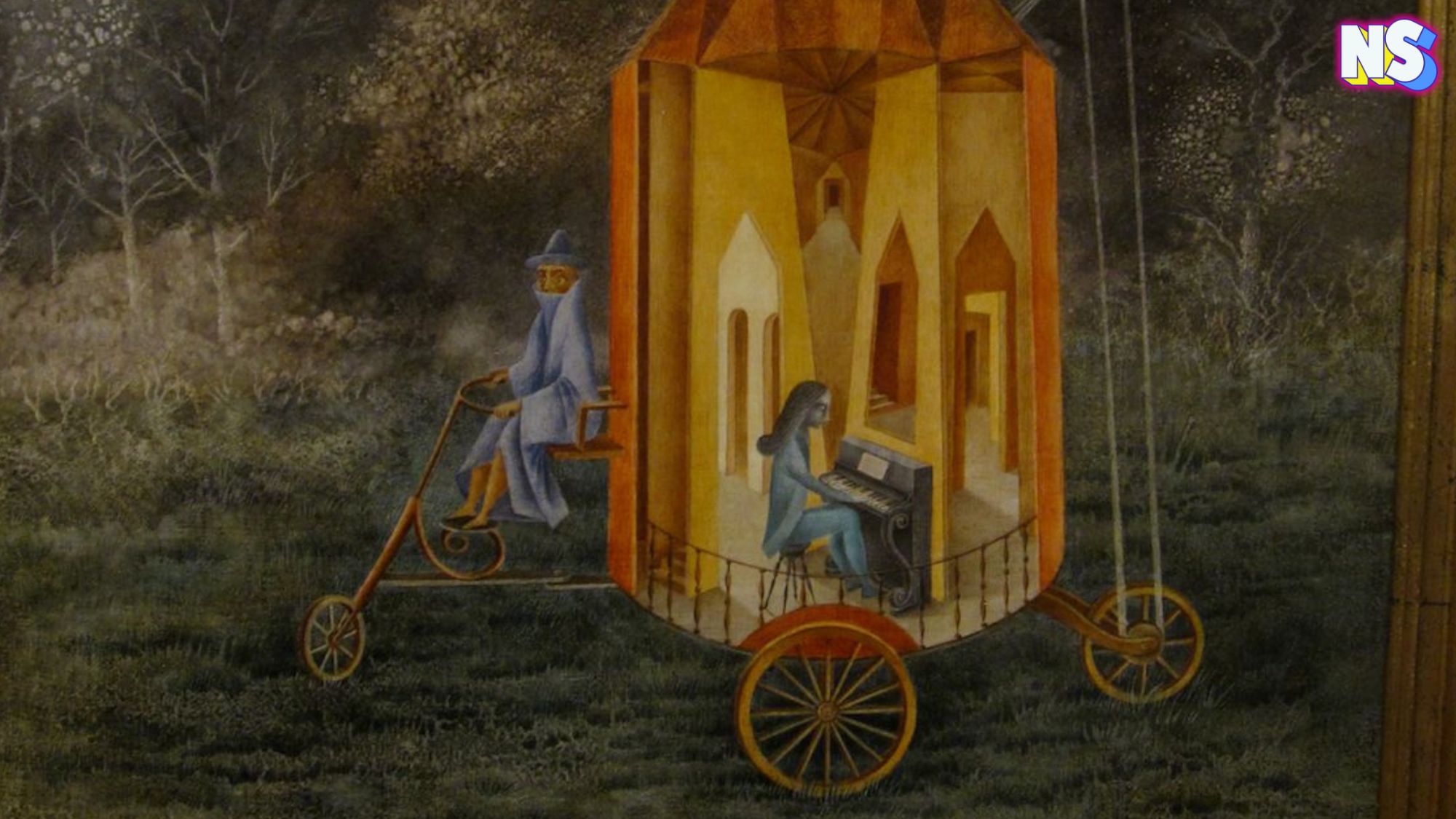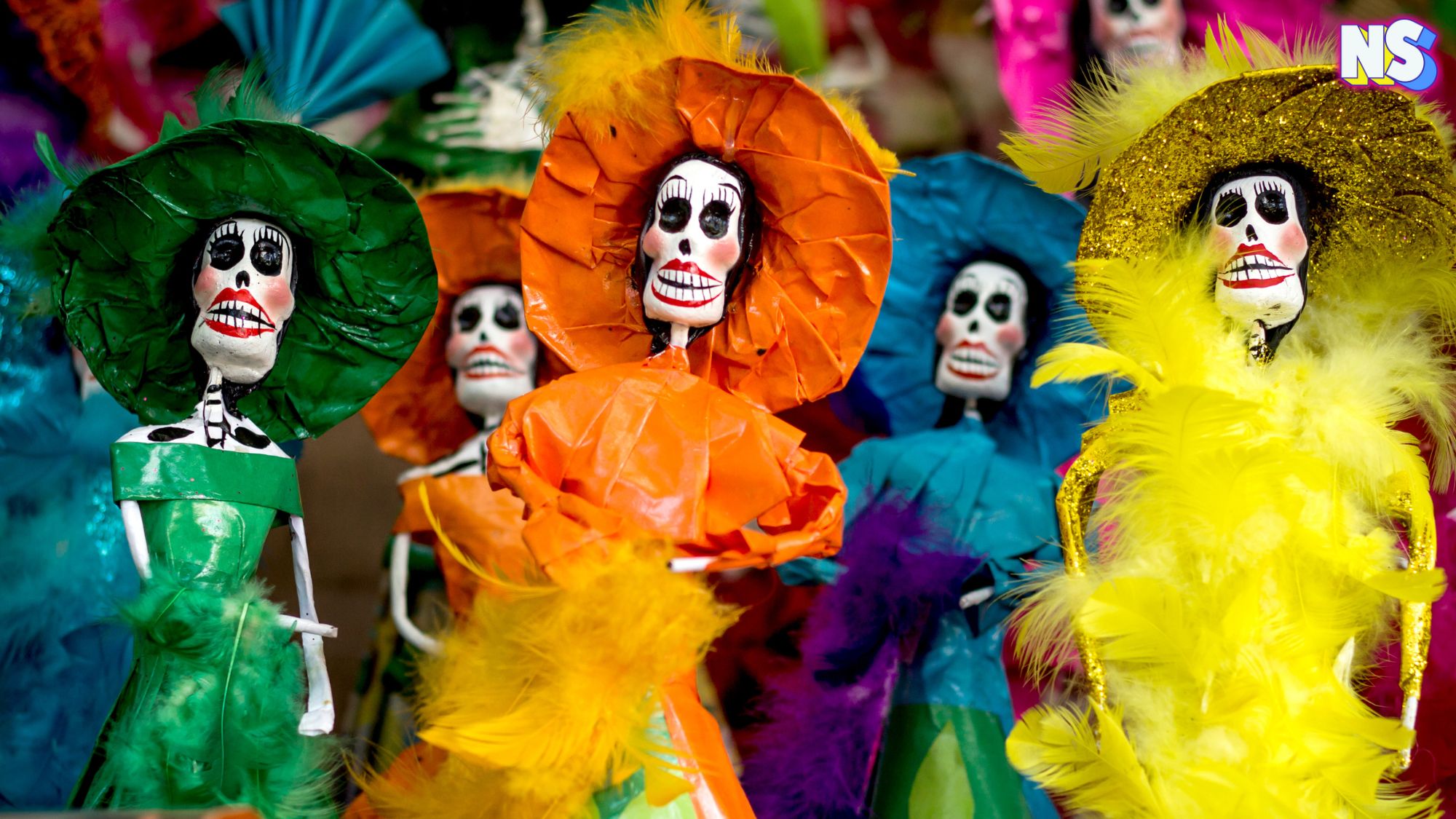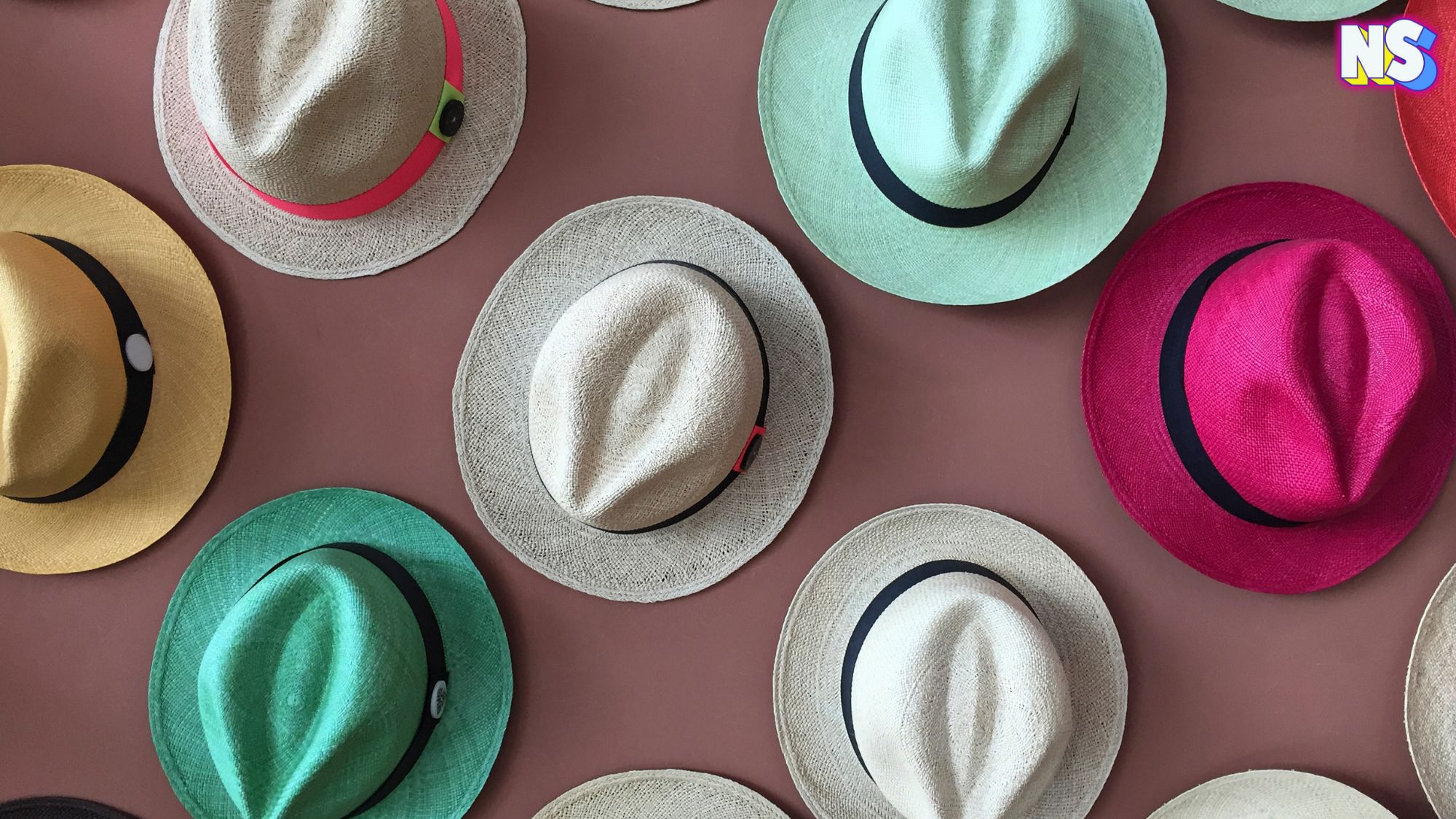Artist Remedios Varo is making a comeback to the New York art scene after nearly four decades.
The surrealist has her first solo exhibition, “A Visionary Line: Remedios Varo Drawings,” reintroducing her almost forgotten art to the world.
“Chalk up another landmark in the growing recognition of the great Surrealist artist Remedios Varo,” the site Artnet writes. “She will soon have her first New York exhibition in decades, at the same moment that her works are entering new museum collections.”
During her life, she lived and worked in the shadows of famous male surrealists, including the renowned Catalan Artist Salvador Dali. The surrealist movement, after all, comprised of, and featured, mostly male artists.
And, even though she was eventually able to live off of her work as an artist, art historians say the world is just now fully appreciating her work.
“ … it seems that Remedios Varo's work can stand on its own. In fact, many people discover it much later because it wasn't known in art history books. So, it has something that is completely timeless, which is a very interesting characteristic in works of art,” Spanish Artist Alejandro Acosta says.
So, let’s delve into the life, work, and significance of Remedios Varo’s return to New York.
Who Is Remedios Varo?
Artist and poet María de los Remedios Alicia Rodriga Varo y Uranga, known as Remedios Varo, was born in 1908 in Anglès, Spain. Varo’s upbringing, influenced by her engineer father and deeply religious mother, shaped her artistic journey.
“She was one of the first female students to attend the Academia de San Fernando in Madrid, where she enrolled at the age of 15, and later received her diploma as an art teacher,” the National Galleries of Scotland explains.
She defied societal norms and the male-dominated art scene of her time.
“The stepping stones for her original form of Surrealism were set early in her childhood and adolescence, fuelled by a multicultural background and upbringing,” the site WikiArt explains. “Also, the great influence was her father, who instilled some core values in her, such as her ardent perfectionism, and the freedom of thought, which later took shape in her artwork. She expressed her feminist beliefs and challenged male dominance through her art.”
Her works blend mysticism, utopian machinery, and feminist themes, creating a unique and enchanting style.
She died suddenly in 1963, at the age of 53, “at the height of her career,” the National Galleries of Scotland writes.
Her Artistic Legacy
Varo completed only about 100 paintings during her lifetime, most of which now reside in the museums of her adopted homeland, Mexico.
“The originality of her work, which combined a meticulous attention to layered and lustrous painted surfaces — a technique Varo learned in her classical painting classes back in Spain — with the deep psychological content still resonates with the world today,” ThoughtCo writes.
The recurring motif of confined women hidden in dark or isolated spaces reflects her struggle against societal constraints.
“In her paintings, Varo found a safe place to revolt against Catholic practices from her maternal side, which the artist found quite restricting,” the site WikiArt writes. “She combined mystical beings and utopic machines together to give birth to her unique and enchanting style. The artist adopted mysticism and the occult as her main theme, and dismissed Christian and religious symbolism …”
She also spent time in a French prison because of her relationship with Surrealist Poet Benjamin Péret. The experience is said to have haunted Varo throughout her entire life.
Remedios Varo’s Return to New York
Varo’s return to New York is a big deal. After years of relative obscurity, her work is finally receiving the recognition it deserves. The exhibition, titled “A Visionary Line: Remedios Varo Drawings,” marks her first solo show in nearly 40 years, focusing on her drawings.
The tightly focused exhibition features just nine works on paper from the collection of her doctor.
“The show coincides with the acquisition of the artist’s works by two major museums, the National Galleries of Scotland and the National Gallery of Art in Washington, D.C.; in each case, they are the first examples by Varo to enter their collections,” ArtNet writes.
These drawings include studies for her renowned paintings, now displayed in museums worldwide. From El Flautista in the Museo de Arte Moderno in Mexico City to Tailleur pour Dames (1957) at the Boston Museum of Fine Arts, each piece offers a glimpse into Varo’s inner world.
Find Out More
The exhibition will take place at the Adler Beatty Gallery on Manhattan’s Upper East Side. For further details, visit the Adler Beatty Gallery and discover the magic of Remedios Varo’s drawings.
Featured Image: Remedios Varo, Roulotte.





